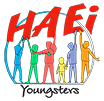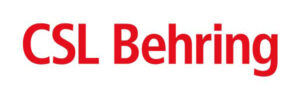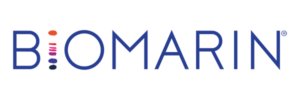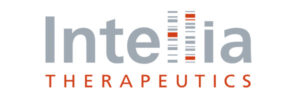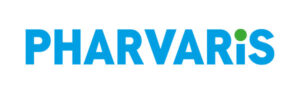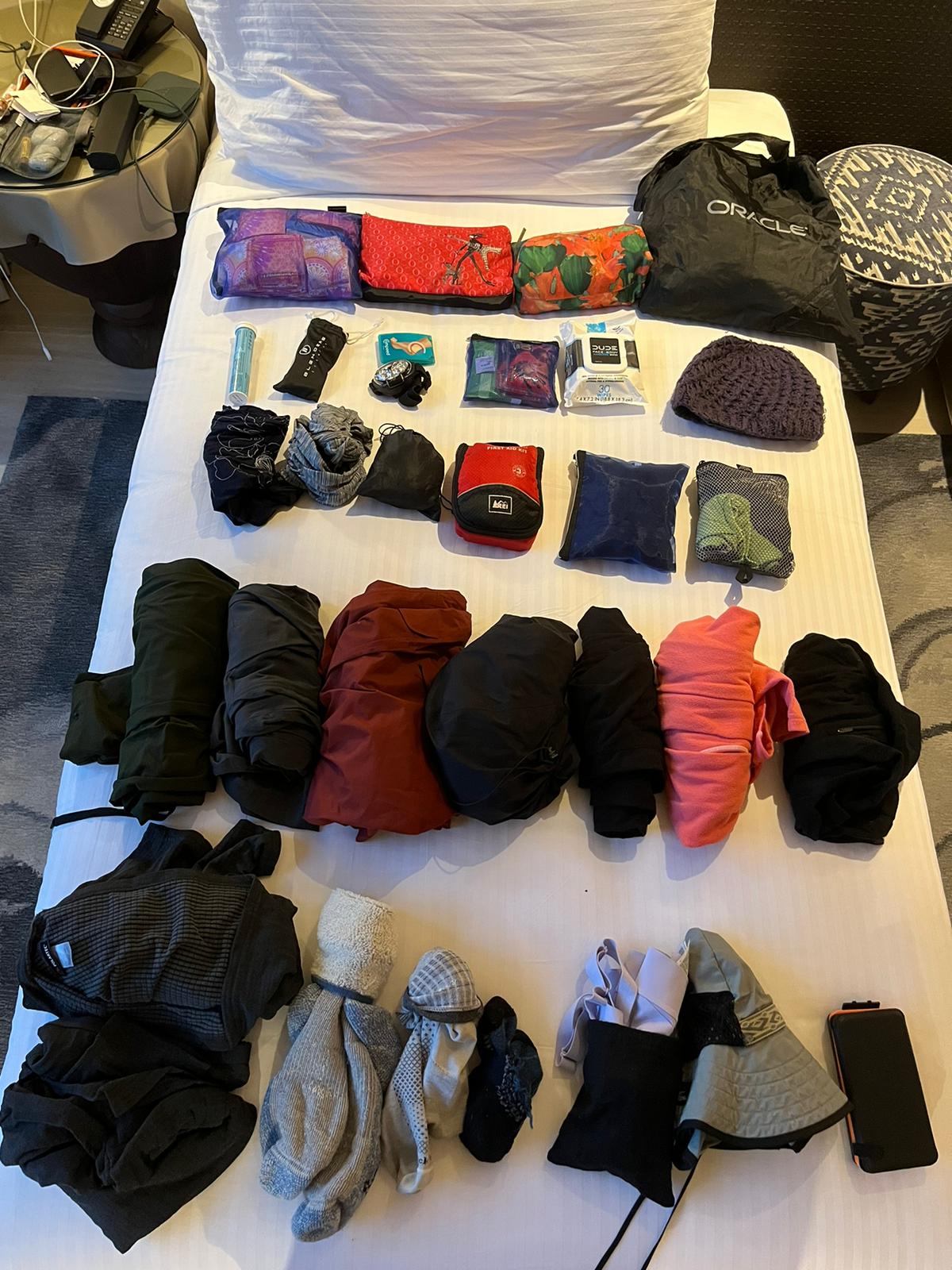
Written by Isabel Brunkan
Packing for any trip requires thought but as someone traveling with a rare disease there are always a few extra steps that go into the process. These are the main things I’ve found can help make traveling with a rare disease more manageable.
- Carry your medicine with you at all times
- Always keep your medicine in your carry on luggage. Apart from not losing your medicine if your luggage is lost, or needing to treat in an emergency, the checked luggage compartment might not be temperature regulated which most medicines need to be.
- If you have two pieces of carry on luggage and depending on how long you’re traveling for, keep the majority of your medicine in your larger item that goes overhead (I usually put it in a roller bag to not have to carry it!) but keep a couple of rescue doses in your backpack or purse in case you need to treat during the flight and can’t easily access your other bag.
- Don’t forget about your supplies: make sure you have all the supplies needed to administer the medicine in your carryon. I usually stash alcohol prep pads in many different pockets so they’re always handy.
- You’re allowed to bring ice! Even though there are liquid restrictions, ice doesn’t count, so if you need to keep your medicine at a specific temperature range, you can bring an ice pack.
- For most airlines, you can bring medicine onboard and it won’t count towards your carry on luggage restrictions. Having a dedicated bag for your medicine can be one way to keep it and the supplies all in the same place, and help bypass airline bag restrictions.
- Carry any important items you might need in case your baggage is delayed or lost
- Aside from medicine, it can be a good idea to bring a spare change of clothes, toiletries, snacks, and other necessities. As someone with HAE, I’m always looking for ways to mitigate stress, so knowing I have the necessities in my bag just in case my checked bag is lost can help with that.
- When I was traveling to Kilimanjaro, my flight was canceled, so I had to reroute and take 3 additional flights. I had packed my hiking boots, a pair of leggings, my down jacket, and basic toiletries in my carry on bag, so I could start trekking even if I lost my suitcase. A lot of people were also headed to Kilimanjaro and rerouted as I did, and some had all of their hiking gear in their checked luggage. We had a very tight connection time, so there was (and always is) a chance the luggage might not make it onboard. If you’re traveling for a specific reason and need specific outfits or gear, wearing it onboard (such as wearing your hiking boots!) or packing it in your carry on helps ensure that even if your travel plans are disrupted, you can minimize the impact.
- Bring a doctor’s letter and prescriptions for all of your medications.
- I get stopped about every 5th time at security for having medicine. Most of the time, the security guards wave me by once they’ve seen it, but a couple of times, I’ve had to pull out my doctor’s letter that says it’s medically necessary that I travel with the medicine on me before the guards would let me pass.
- As HAE can be triggered by stress – figure out small hacks that work for you to help minimize stress.
- I always travel with earplugs and an eye mask to try to be as well rested as I can when I land. This is also helpful if you’re going to be staying in hostels or traveling long distances no matter what type – by car, bus, train or plane!
- Download a book or some episodes of your favorite song, podcast, or show to listen to to relax on the journey or while you’re waiting in lines.
- Make sure you have snacks! Keep your energy up and don’t stress your body any more than travel already will.
- Bring an empty water bottle and fill it up after you get through security.
- Don’t be embarrassed to use the disability line at immigration.
If your HAE is triggered by fatigue, standing too long, or you’re not feeling great, use the disabled lines at immigration to get to your destination sooner. It’s not worth standing in the main line, triggering a swell and needing to use your medicine, if you’re embarrassed about looking fine and using the line. - Extra tip
If you haven’t already, make sure to download HAE companion. HAE Companion will provide you with an easy way to access and store the HAEi’s emergency card in the many languages of HAEi’s member countries. It also offers geofencing – the app will send you push messages when you are on the move in a new country. And last but not least, it provides you with a list of ACARE Centers and HAE-knowledgeable hospitals and physicians, and using GoogleMaps or Apple Maps, HAE Companion also indicates directions and distance to the nearest place.

Hi all!
I’m Isabel from the US (though my mom is Chilean, I grew up in Costa Rica and my family now lives in Victoria, Canada – so home, like this community, is a bit global). I’m excited to be a part of this community and hopefully help foster new connections.
Hope everyone is doing well ❤️
